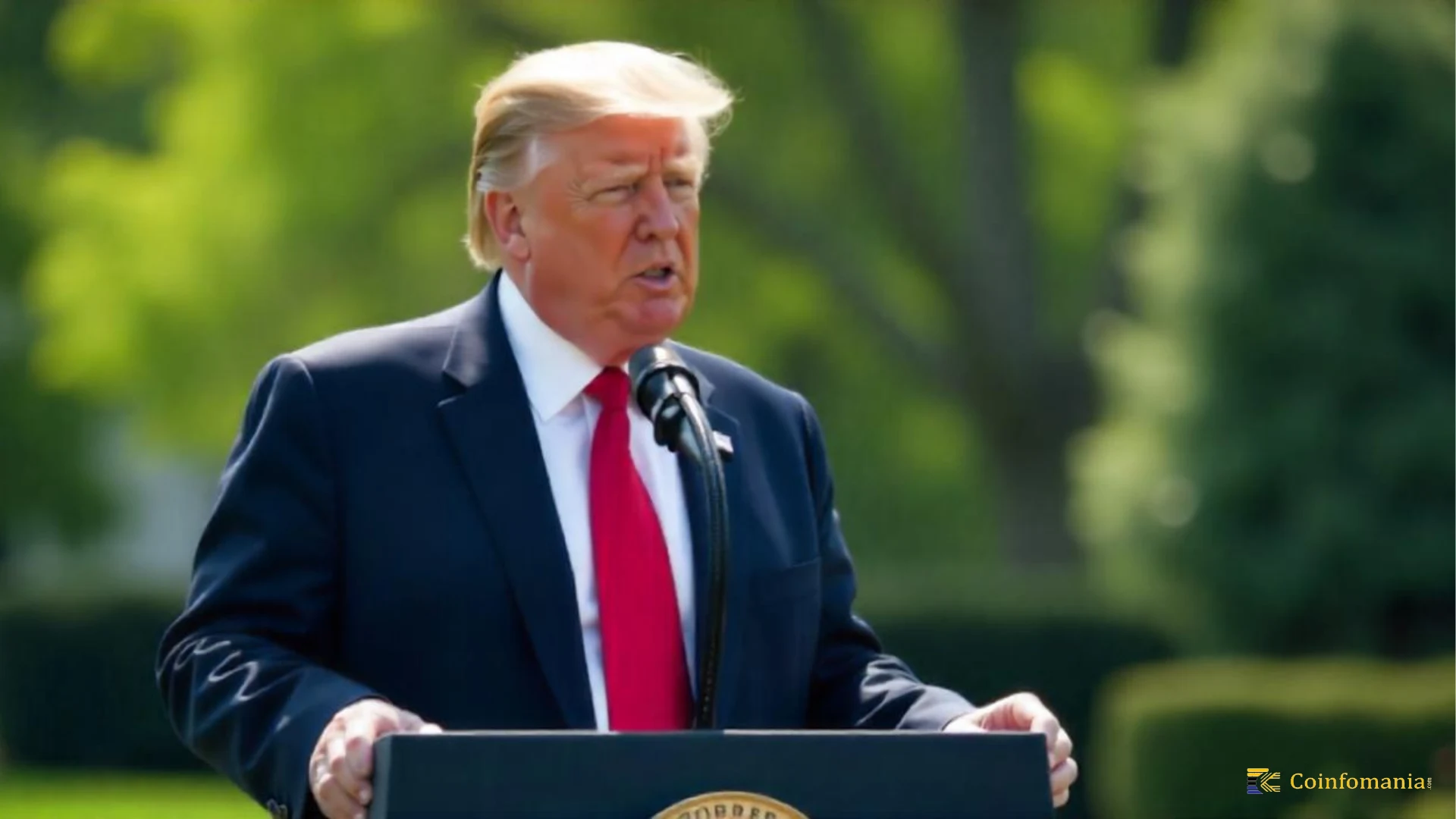Bitcoin Jumps as Trump Tariffs Go Live on April 2 — Can the BTC Price Surge Hold, or Is a Pullback Ahead?
0
0

President Trump’s reciprocal tariff announcement has alarmed the financial markets. The measures are expected to begin soon and result in increased volatility in the market. Bitcoin experienced short-term price increases, but questions remain about the long-term effects of these new trade duties. While uncertainty persists amid broader economic fluctuations, growing institutional interest suggests BTC price could soon rally significantly.
Global markets may experience ripple effects from tariffs and inflation. Bitcoin price could also be affected. This cryptocurrency often shows price volatility in response to macroeconomic factors, raising the possibility of it facing immediate turbulence. Experts still hold optimistic views on Bitcoin’s future given rising institutional use and the potential impact of a U.S. government reserve. Escalating trade tensions could intensify BTC’s short-term price swings, although long-term growth appears probable.
The Tariff Impact on Traditional Markets and Bitcoin
President Trump’s introduction of reciprocal trade duties generates broad uncertainty in financial markets. Several nations indicated plans to match American tariffs, escalating global trade tensions. Traditional markets felt direct impacts; the S&P 500, Nasdaq Composite, and Dow Jones saw notable declines recently. BTC experiences the secondary effects of this turmoil, as it frequently reflects broader market movements.
Chart 1 – BTC/USD Live Price, published on TradingView, April 2, 2025.
Bitcoin shows a current rally, gaining 0.71 percent in 24 hours, yet its short-term prospects remain unclear. This cryptocurrency historically reacts to volatile economic changes. Analysts predict a potential temporary BTC price dip because of the trade war. Continued escalation of the tariff conflict might bring more market corrections, particularly with rising inflation pushing investors toward safer options.
The Federal Reserve’s Role and Bitcoin’s Future
Inflationary pressures will likely increase while the tariff conflict persists, compelling the Federal Reserve toward monetary policy changes. If the Fed cuts interest rates to stimulate the economy, Bitcoin price could experience profound effects. Reduced interest rates frequently lead investors toward higher-return options like BTC, potentially boosting its adoption significantly. Institutional investors might seek the digital currency to hedge against traditional market risks.
BTC’s present rally offers positive signals, but the cryptocurrency market is still developing. Its regulatory framework is still ambiguous, and the full global economic effect of Trump’s reciprocal tariffs is unknown. Bitcoin’s long-term prospects appear robust, nevertheless, with increasing investor recognition of its store-of-value potential. Many also see it as an effective inflation hedge.
Institutional Adoption and Growing Appeal
Growing interest from institutional investors is a key driver for potential BTC price increases. More large financial entities entered the cryptocurrency space last year, boosting demand for Bitcoin. Major financial institutions exploring Bitcoin integration and governments contemplating crypto adoption enhance this cryptocurrency’s potential for reaching new highs.
Beyond institutional participation, BTC’s decentralized characteristic appeals to those looking to protect wealth against inflation and economic turmoil. Many investors view Bitcoin as a long-term holding that is expected to gain value with rising adoption, despite current volatility. Continued growth of the cryptocurrency market will likely facilitate this digital currency’s success amid temporary geopolitical price swings.
Volatility or Opportunity for Bitcoin?
The enforcement of Trump reciprocal tariffs introduces a period of market turbulence impacting digital assets like BTC. Trade disputes, rising inflation concerns, and potential Federal Reserve actions contribute significantly to these anticipated fluctuations. Navigating this environment presents challenges, yet potential price dips for Bitcoin could help long-term investors capitalize on its potential growth.
Despite immediate challenges from tariff policies and related economic shifts, Bitcoin’s underlying appeal appears resilient. Growing institutional engagement provides considerable support, suggesting deeper market integration for this digital currency over time. BTC’s perceived ability to act as a shield against inflationary pressures further bolsters its long-term investment case. The evolving economic landscape may reinforce Bitcoin’s position for those seeking alternative stores of value.
The post Bitcoin Jumps as Trump Tariffs Go Live on April 2 — Can the BTC Price Surge Hold, or Is a Pullback Ahead? appeared first on Coinfomania.
0
0
 Manage all your crypto, NFT and DeFi from one place
Manage all your crypto, NFT and DeFi from one placeSecurely connect the portfolio you’re using to start.






